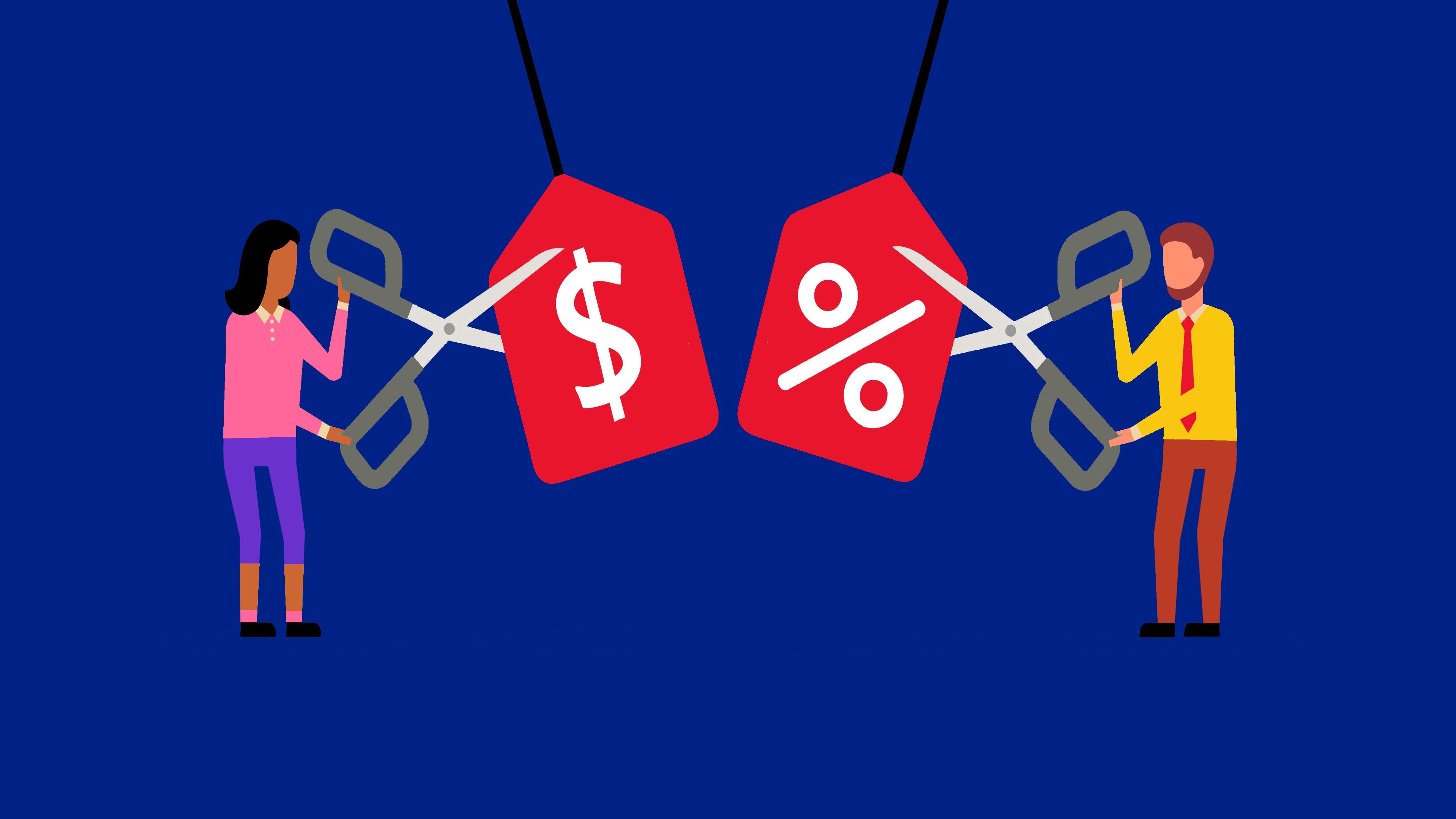In the vast landscape of the internet, where endless products and services compete for consumers' attention, finding discounts has become both an art and a science. The pursuit of the best deals online is not merely about saving money; it has evolved into a sophisticated practice involving a variety of tools, techniques, and strategies. This essay delves into the intricacies of online discount finding, exploring the methods, tools, psychology, and future trends of this digital treasure hunt.
The Evolution of Online Discounts
The concept of discounts is as old as commerce itself, but the digital age has revolutionized how consumers access and utilize them. In the early days of e-commerce, discounts were primarily distributed through email newsletters or website-specific promotions. However, the rise of technology and the internet has transformed this landscape dramatically. Today, discounts are embedded in almost every facet of online shopping, from flash sales and promotional codes to loyalty programs and cashback offers.
 |
| Discount Finding |
Methods of Finding Discounts
Coupon Websites: Dedicated coupon websites like RetailMeNot, Coupons.com, and Honey aggregate discount codes from various retailers, providing a one-stop-shop for deal hunters. These platforms often feature user-generated content, where shoppers share and rate coupons, ensuring the most effective deals rise to the top.
Browser Extensions: Tools like Honey and Capital One Shopping (formerly Wikibuy) automatically apply the best coupons at checkout. These extensions scan the web for the most up-to-date codes and deals, saving users time and effort.
Deal Aggregators: Websites such as Slickdeals and DealNews compile the best deals across multiple categories. These platforms rely on a combination of algorithms and community input to highlight the most significant discounts, often alerting users to time-sensitive offers.
Price Comparison Tools: Tools like Google Shopping and PriceGrabber enable users to compare prices across different retailers. By providing a comprehensive overview of the market, these tools ensure consumers can identify the lowest price available.
Cashback Programs: Websites and apps like Rakuten and TopCashback offer cashback on purchases made through their platforms. These services partner with retailers to provide a percentage of the purchase price back to the consumer, often stacking with other discounts for maximum savings.
Email Subscriptions and Loyalty Programs: Signing up for retailer newsletters and loyalty programs can yield exclusive discounts and early access to sales. Many brands offer significant discounts to subscribers as an incentive to join their mailing lists.
Tools for Finding Discounts
Discount Monster Free Discount Grabber: This tool, available on https://panopticpen.space/discount-monster/, is a powerful asset for discount hunters. It scours the web for active discount codes and applies them automatically at checkout, ensuring users never miss a deal.
CamelCamelCamel: A price tracking tool specifically for Amazon, CamelCamelCamel tracks the price history of products and alerts users when prices drop to desired levels.
PriceBlink: A browser extension that notifies users of lower prices and available coupons as they shop online. It also provides price history charts for better decision-making.
InvisibleHand: This browser add-on discreetly informs users if a product they are viewing is available at a lower price elsewhere, ensuring they always get the best deal.
ShopSavvy: An app that allows users to scan barcodes and compare prices from various retailers, both online and offline. It also provides user reviews and price history data.
Psychological Aspects of Discount Finding
The thrill of finding a discount taps into several psychological principles that drive consumer behavior. The concept of scarcity plays a significant role; limited-time offers and flash sales create a sense of urgency, compelling consumers to act quickly to avoid missing out. Anchoring is another crucial factor, where the original price serves as a reference point, making the discounted price appear more attractive.
Social proof also influences discount hunting. Platforms like Slickdeals rely on community engagement, where users share and upvote deals, creating a sense of trust and reliability. The validation from other deal hunters encourages users to pursue the highlighted discounts.
Moreover, the reward mechanism inherent in finding discounts activates the brain's pleasure centers, similar to the effect of winning a game. This dopamine release reinforces the behavior, making discount hunting an enjoyable and addictive activity.
Challenges and Pitfalls
Despite the advantages, discount finding is not without its challenges. Fake Discounts are a common issue, where retailers inflate original prices to make discounts appear more substantial than they are. Consumers must be vigilant and use price tracking tools to verify the authenticity of discounts.
Overconsumption is another risk. The allure of discounts can lead to impulsive purchases, where consumers buy items they do not need simply because they are on sale. Developing a disciplined approach to shopping and focusing on genuine needs can mitigate this risk.
The Future of Discount Finding
The future of online discount finding lies in the continued integration of advanced technologies. Artificial Intelligence (AI) and Machine Learning (ML) are set to play pivotal roles in personalizing discount offers. By analyzing individual shopping habits and preferences, AI can deliver tailored discounts that are more relevant to consumers.
Blockchain technology also holds potential, particularly in enhancing transparency and trust in the discount ecosystem. Blockchain can provide a verifiable ledger of transactions, ensuring the legitimacy of discounts and preventing fraudulent practices.
Moreover, the rise of mobile commerce and the proliferation of shopping apps will make discount finding even more accessible. Augmented Reality (AR) and Virtual Reality (VR) technologies may further enhance the shopping experience, allowing consumers to visualize products and discounts in immersive environments.
Conclusion
Online discount finding is a dynamic and multifaceted practice that combines elements of strategy, psychology, and technology. As consumers become more savvy and tools more sophisticated, the landscape of discount hunting will continue to evolve. By staying informed and leveraging the right tools, consumers can maximize their savings and enjoy a more rewarding shopping experience. The art and science of discount finding are not just about the pursuit of bargains; it reflects the broader trends of digital empowerment and the democratization of commerce in the internet age.

No comments:
Post a Comment